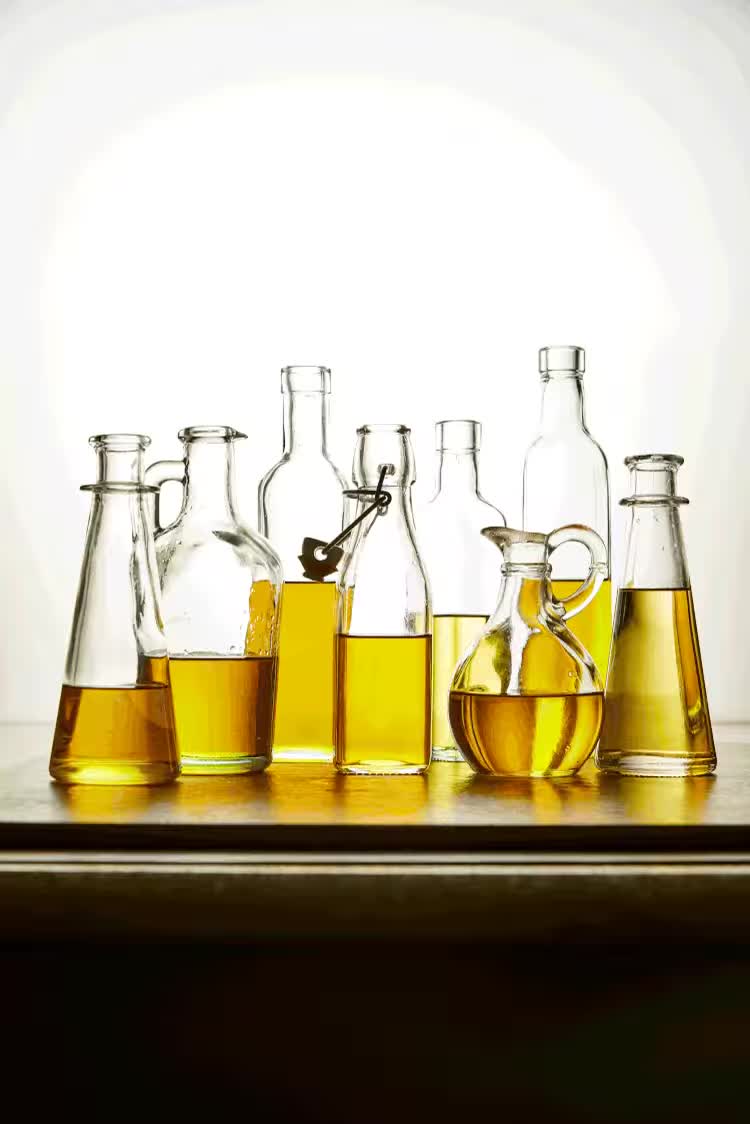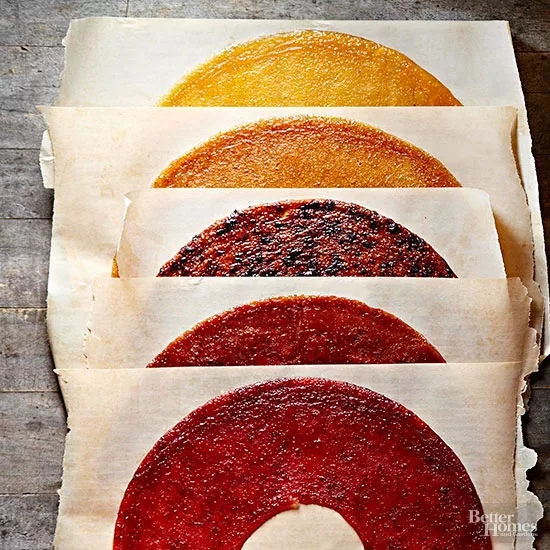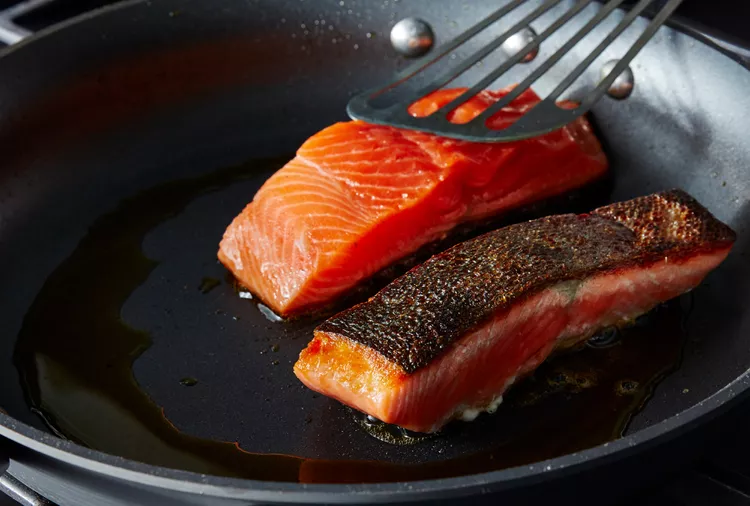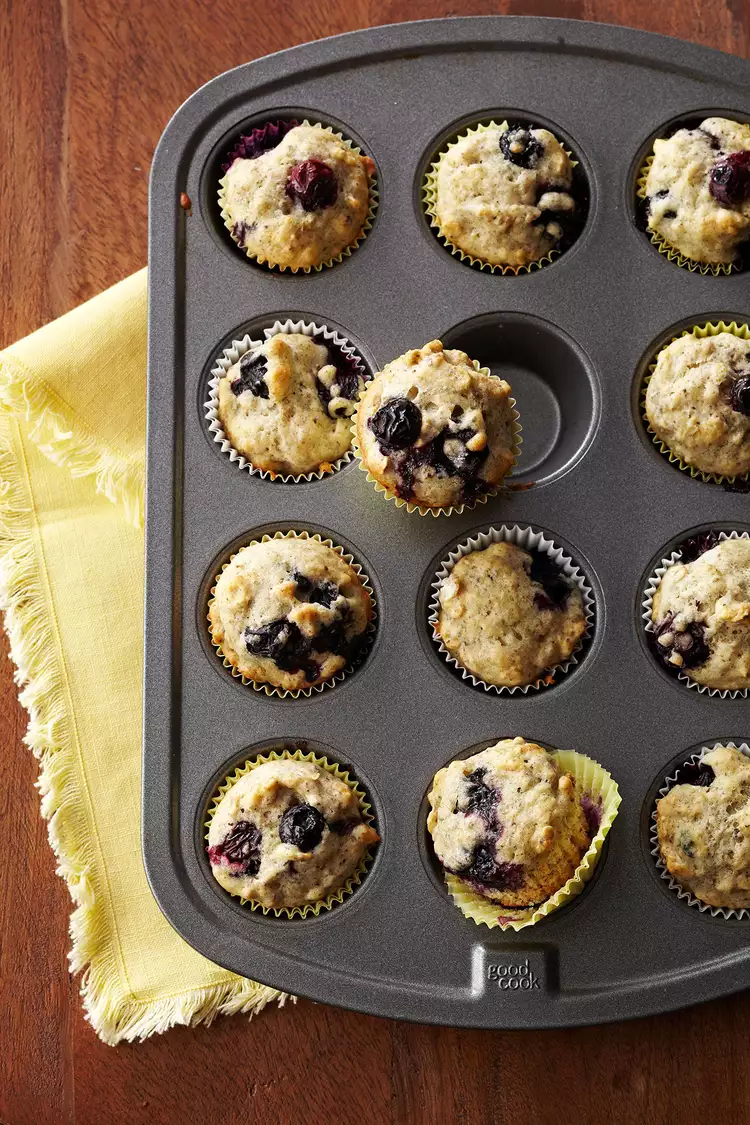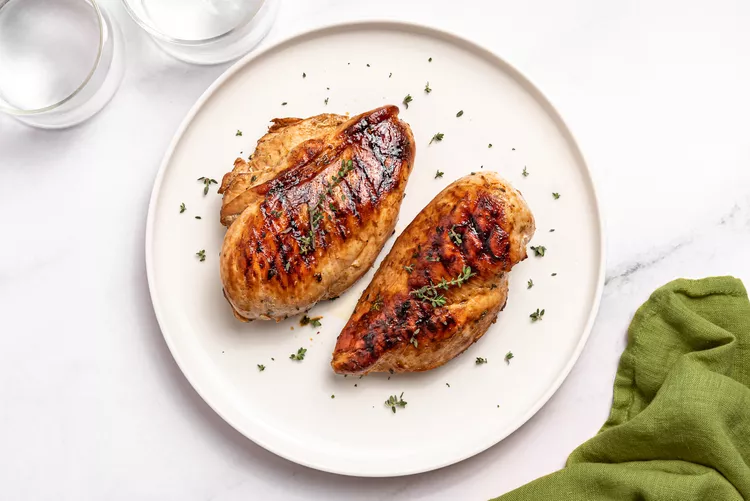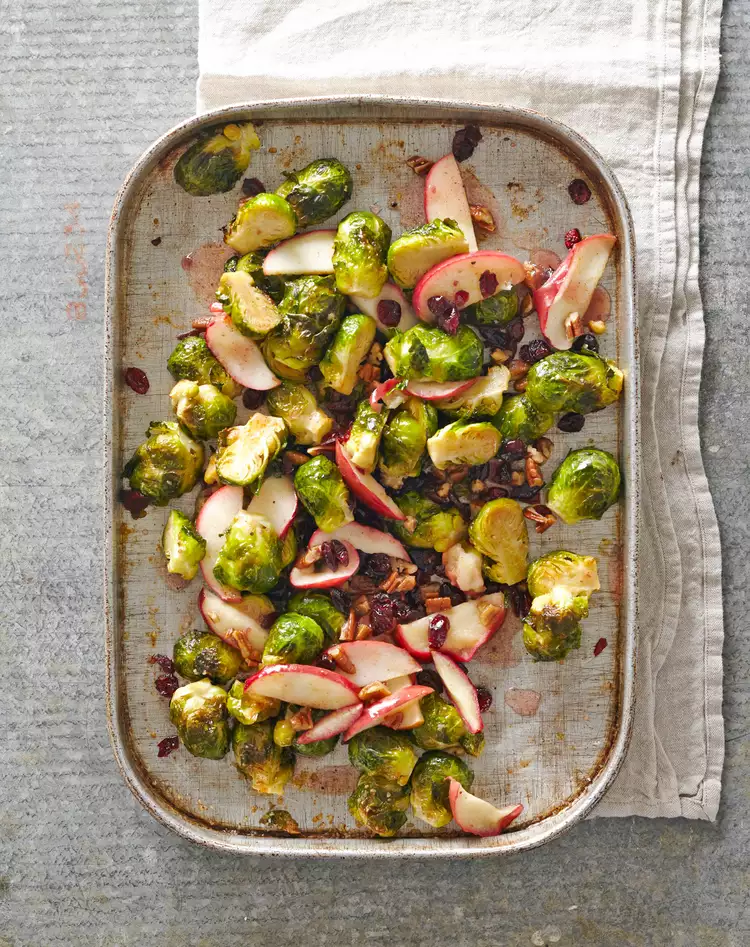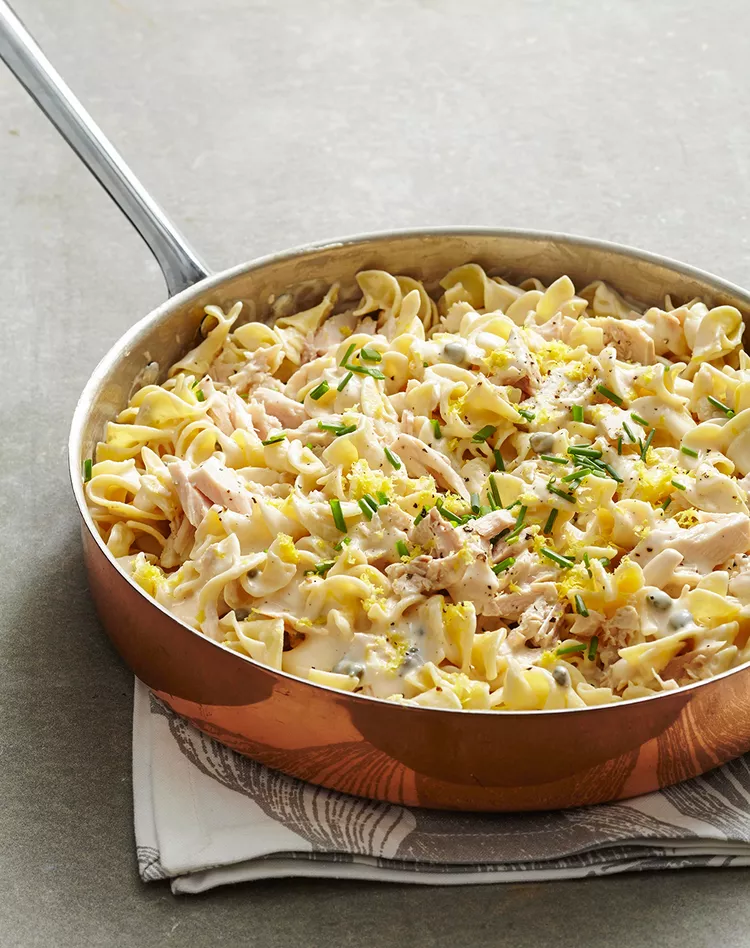Considering the wide world of uses for olive oil, as well as the health benefits of olive oil, it can be tempting to invest in a massive bottle from a warehouse store like Costco. But before you buy another bottle, you might want to know the answer to a question our Test Kitchen commonly receives: “Does olive oil go bad?”
- Joseph R. Profaci, the executive director of the North American Olive Oil Association (NAOOA) in New York City
- Mary Mori, vice president of quality and product for California Olive Ranch in Chico, California
What Is Olive Oil?
For everything from baking and cooking to whipping into a dessert topping and shaking into martinis, olive oil is a staple in many homes. But when was the last time you took a moment to think about what olive oil is, exactly?
“Olive oil is just that: oil that’s extracted from olives,” explains Joseph R. Profaci, the executive director of the North American Olive Oil Association (NAOOA) in New York City. “The olives are crushed, and the liquid—oil and water—is mechanically extracted at temperatures controlled below 80° F. Then the oil is separated from the water and filtered.”
And just like that: Your 100% fruit juice (yes, olives are a fruit!) is ready to pour, drizzle, and dress.
Does Olive Oil Go Bad?
All cooking oils go bad eventually, Profaci admits.
“Fats are subject to oxidation which is caused by exposure to heat, oxygen, and light, or just from age,” he says, suggesting the memory tool of “hola” to keep these four olive oil “enemies” top of mind.
When we asked Mary Mori, vice president of quality and product for California Olive Ranch in Chico, California “does olive oil go bad?” she echoed those factors, and said that being privy to these EVOO foes can help you make informed choices to keep it fresh as long as possible.
The Four Enemies of Olive Oil
- Age: According to the International Olive Council, bottles should be stamped with a “best before” date within 2 years of bottling. “Oils may have a stated shelf life on the bottle, but once the bottle is opened, that date is no longer valid,” Profaci says. After breaking the seal, the sooner you use your oil, the better, Mori admits. The California Olive Oil Council (COOC) recommends polishing off the liquid gold within 3 to 6 months after opening.
- Light: Prolonged light exposure will reduce the amount of antioxidants found in olive oil, ultimately compromising taste and causing rancidity, Mori explains. This is why you’re seeing more and more brands of olive oil packaging their juice in dark green or opaque bottles. “Try not to expose the bottle to a lot of bright light,” Profaci professes.
- Heat: “Although it may seem convenient to keep that bottle near the stove for easy usage (and because the bottle is often so pretty), regularly storing it near a heat source will cause EVOO to spoil,” Mori says. Olive oil is best kept in a cool, dark cupboard or pantry.
- Oxygen: Excessive oxygen exposure can lead to an unpleasant flavor, “so make sure to store your oil in an airtight container, and always make sure the bottle is fully capped or opt for an airtight spout,” Mori suggests. Our best olive oil dispensers fit the bill if your bottle isn’t as airtight as you’d like.
How to Tell if Olive Oil Has Gone Bad
Olive oils should taste fresh and herbaceous, Mori says. You’ll often detect floral, fruity, nutty and freshly-cut grass-like aromas and flavors.
Rancid olive oil won’t make you sick, but it does have the potential to ruin your recipe. Spoiled olive oil won’t deliver the same nutritional punch, either, since by its very nature, oxidation means that the antioxidant qualities of the olive oil have deteriorated.
You can tell olive oil has spoiled because it won’t taste great, won’t smell as vibrant, and may have a greasy mouthfeel. Spoiled olive oil usually tastes dull, stale, musty, bitter, and/or sour. Sometimes, oil that has gone bad might taste like a Band-aid or Play-Doh. (Or what we imagine these might taste like. We definitely advise against eating these products for reference!) It might smell like crayons or the white glue you used to employ in art class.
No need to dispose of past-its-prime olive oil. Spoiled oil still works great for cleaning several items around the house.
How to Store Olive Oil to Maximize Its Lifespan
The best way to store olive oil is in a cool dark place, Mori says. Your pantry or a cupboard that’s not directly above or adjacent to the stove is wise, to limit heat exposure.
Since heat is one of those four enemies, should you store olive oil in the refrigerator? Many organizations and experts, including the North American Olive Oil Association (NAOOA), advise against it. Olive oil begins to congeal and form crystals when stored in cold temperatures for extended periods of time. It will melt back into its liquid self once you bring the olive oil to room temperature.
That being said, repeated warming and cooling of the oil puts undue stress on the oil, the NAOOA adds, and it doesn’t extend its shelf life.
In fact, “chilling and thawing can be inconvenient and cause condensation in the bottle which can accelerate the oxidation,” Profaci says. So save your fridge shelf space for other items.
The Bottom Line
Olive oil isn’t like fine wine; it doesn’t get better with age. Olive oil does go bad, and it’s wise to keep it away from heat, light, oxygen, and extreme temperature shifts to keep it fresh as long as possible.
Mori coaches consumers to “be realistic with the amount of olive oil they purchase.” Aim to invest in a bottle that you can polish off within 6 months max, ideally, 30 to 60 days, she suggests.
